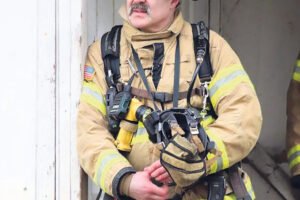Results from an in-depth, 126-page report on emergency medical services in the Camas-Washougal area show that city leaders’ best, most cost-effective option is to maintain the status quo.
City-funded consultants from Emergency Services Consulting International met with city leaders in Camas and Washougal this week and urged them to keep the area’s medics and medical transport services in-house with the Camas-Washougal Fire Department instead of contracting out to private providers or entering into an agreement with Vancouver to use that city’s emergency transport services.
“We recommend that you maintain status quo,” consultant John Stouffer told the Camas City Council at a June 19 workshop. “We firmly believe the best thing for the community is to continue to provide emergency (services) and medical transport.”
Camas Mayor Scott Higgins said council members needed to digest the entire report, due to come out in its finalized version later this week, before committing to a decision.
Stouffer presented similar information to Washougal City Council members at that council’s June 17 retreat and said the council seemed to be in agreement with the consultants’ recommendation and discussed putting a 50-cent EMS levy on the ballot in November.



